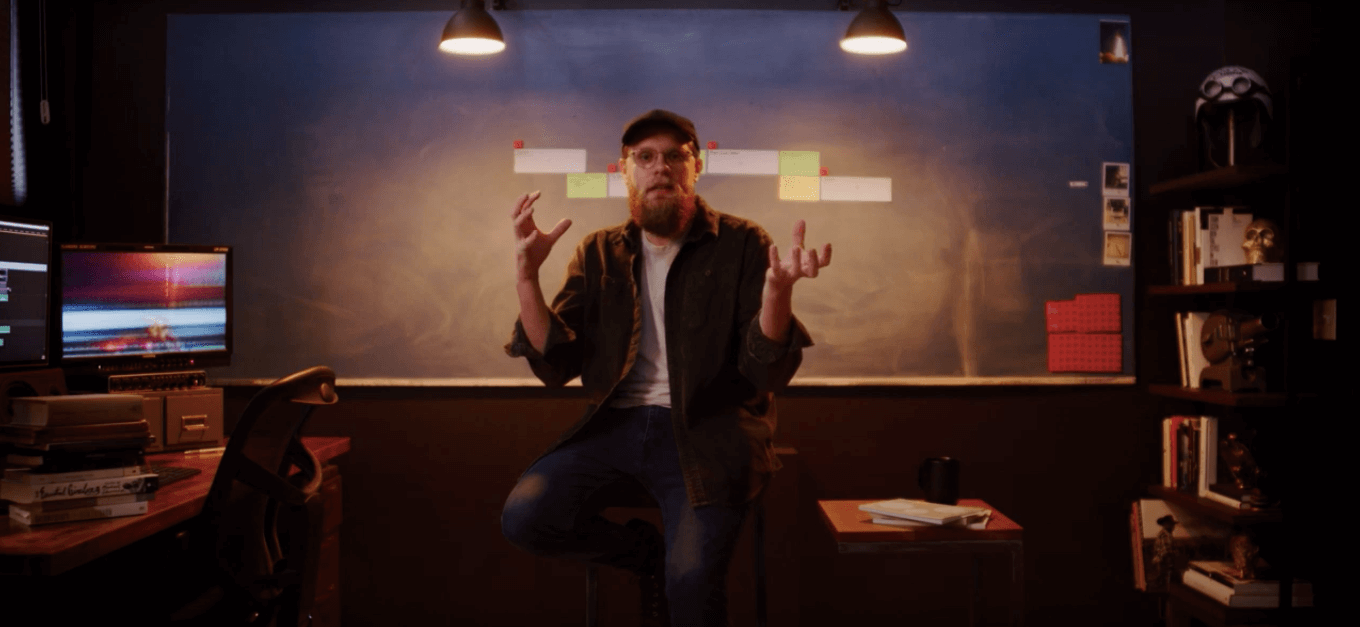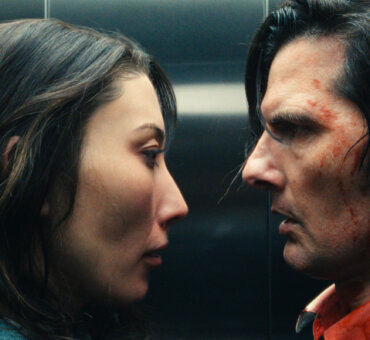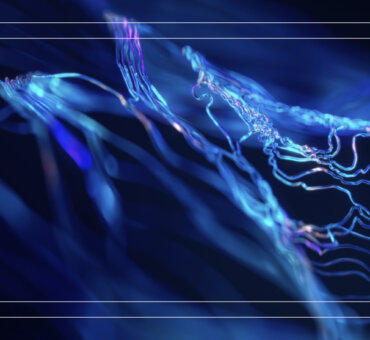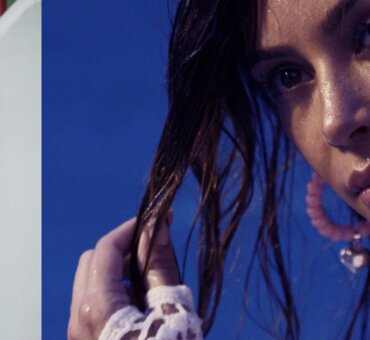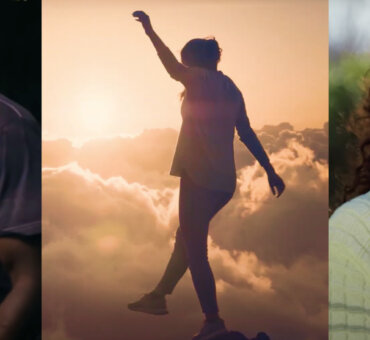Behind the Work is a series by Filmsupply that brings you lessons from leading creatives who share essential techniques they bring to their work. All shot from their own home or studio, Behind the Work brings you an entirely new set of skill sets you can put into practice to hone your craft. In the first episode of Behind the Work, Bruton Stroube Editor/Partner Lucas Harger shares how he practices his craft by translating poetry to different editing styles.
Lucas Harger: I cut everything from 6-second spots, up to feature-length and episodic documentary content. The approach to each of those different genres and the approach to each of those different cuts really should differ because the content is so different. I don’t approach a 30-second storyboarded car commercial the same way that I would approach a 90-minute feature-length documentary. Those are two extreme examples, but basically if you’re cutting a milk commercial, you shouldn’t approach it the same way that you do if you’re cutting a 30-minute narrative, mentally and also realistically.
What are the universal traits of a “good” edit?
I run into a lot of editors, and I review a lot of cuts. I think tone, pace, and rhythm are three things that you can constantly work on. They are three things that you can constantly hone in order to get your edits of personality and perspective. It can be really difficult to practice editing because the nature of editing means you need something to edit, and you don’t always have footage readily available to cut.
Some people like to go back through old edits and do different cuts, such as director cuts or editor cuts. Some people like to repurpose old media, and I find that to be a little bit difficult, especially after I spent so much time with a specific set of footage—to then completely throw out my preconceived notion of what it was meant to be and what it came out to be, and to approach the same media in a different way can be a little bit difficult. I don’t think it really helps you practice tone, pace, and rhythm. It doesn’t help you really dive into the craft and the artistry of editing.
So, how do you practice?
Ever since I was a kid, I’ve been enamored with poetry. I’ve consumed and read a lot of poetry. I don’t know what it was about poetry that captivated me and pulled me in.
It was the way that a poet abused language or the way that a poet abused grammar, punctuation, and spacing on the page that really pulled me in. It opened my eyes to the reality that there can be these preconceived notions and these rules that can be pulled apart and put back together in very interesting ways. I was always amazed by this.
So, as I would read poems, the first thing that hit me was how it made me feel. I could feel a poem way before I could begin to understand it. I could feel the texture, and I could feel the rain, I could see the fog, and I could feel the sun. There are all these elements of a poem that I can really start to connect with in a very visceral way. I wanted my edits to feel like that. I wanted them to have a tone, pace, and rhythm, and I wanted them to be able to be felt on an emotional level as well as a logical level. Poetry started to become a blueprint for me, looking at how edits come together in the rules that you can employ and rules that you can break.
Bring these two concepts of tone, pace, rhythm, and the desire to practice in poetry, and we can start to put them together because there is a massive history and a massive amount of poems out there. So, what I started to do was pick up one of my books and just start flipping through. Then, I would find a poem that spoke to me in a specific and unique way. I would find a poem that had a really interesting and unique rhythm, tone, and pace.
Afterward, I would hop online at Filmsupply and start looking for footage that fits that tone. Then, I would use the poem as the blueprint to cut this archival media in that way. Find a poem, pull it apart, look at the tone, the pace, the punctuation, and find archival media or stock media and start putting it together to build a mood piece and build a visual representation of that poem. Ask yourself: what does a comma cut feel like? What does a semicolon cut feel like? What’s a line break feel like? What does a word over here versus a word over here feel like? Are you going to cut a period, and what does it feel like?
You can start to develop a dictionary of terms to use in your own edits; I want this to be like a period, I want this to feel like a break, I want this to feel like a comma. You start to incorporate these very visceral aspects of tone, pace, and rhythm. I want to encourage you to go out, find a poem, download some media, and just start cutting.
You may be motivated to find a really deep, sultry, gravelly voice to read over as you’re cutting and that’s not what this is. Sometimes that can be meaningful, and sometimes that can be powerful. But what if we take away the spoken word? What if we take away anything that kind of hints what exactly the problem is and you literally just cut for tone, pace, and rhythm to practice those things?
Do you have any poems you recommend?
As an example, I have three poems from three different poets, and you can start to break into and see what I’m talking about with this tone, pace, and rhythm approach to these poets.
The first one is by Seamus Heaney, and he has a poem called “The Badgers.” What I want you to do is just kind of take it in and look at the words and how they can start to be visually represented in tone, pace, and rhythm.
Now, let’s take a look at this E.E. Cummings classic. He had a really psychotic time in his poet life. It’s the most absurd thing I’ve ever felt and seen. What does this poem look like as an edit?
Lastly, Jenny Xie is a contemporary poet who writes a lot about life, memories, growing up, and going through the transitions of life. Her poem has a much more contemporary feel. What does this look like as an edit?
Find some footage, find an interesting poem, put it together, and really dive into the nuances of editing and explore tone, pace, and rhythm.
For more episodes of Behind the Work, subscribe to our YouTube channel.
